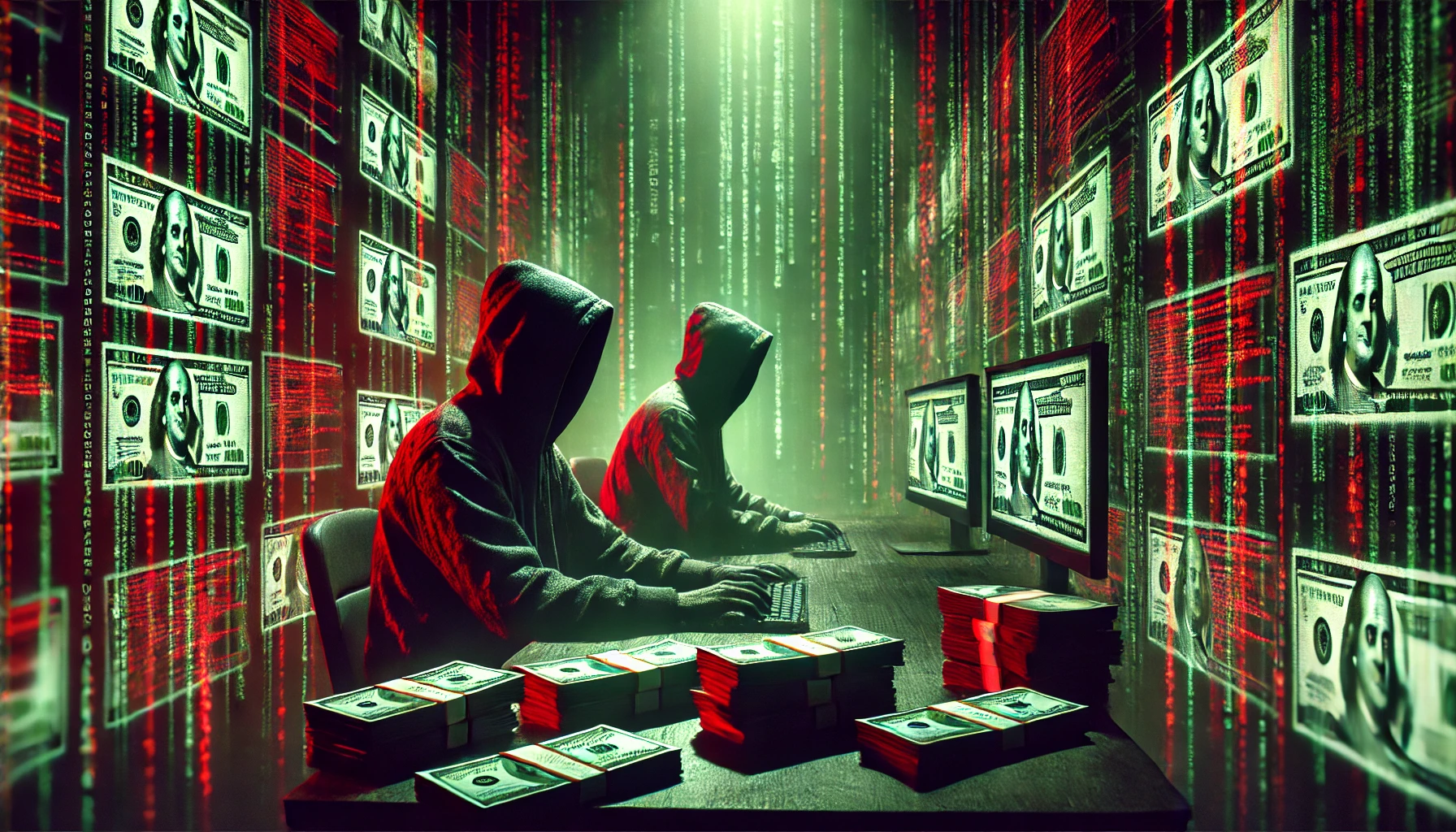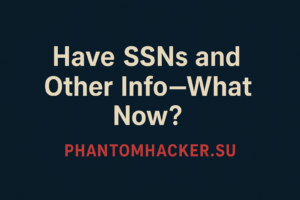Let me rip the Band-Aid off fast: yes, the dark web has way more content than the clear web.
I’m not talking about YouTube videos, Netflix libraries, or the endless sea of blogs begging for SEO validation. I’m talking about substance—data that matters, secrets that kill careers, files that governments want torched, leaked credentials, entire databases from hospitals, law firms, classified operations, and everything in between. The kind of content that’s not just hidden… but deliberately buried beneath layers of encryption, reputation, and risk.
The Deep Web vs. The Dark Web — Stop Getting It Twisted
Let’s break this down because the confusion is thick out here.
Deep web? That’s your boring but huge pile of stuff like medical records, private databases, academic journals, banking data—anything not indexed by Google. Legal, tame, and honestly boring unless you know where to look.
Dark web? That’s a whole different beast. It’s the intentional underworld of the internet—only accessible through anonymity networks like TOR, I2P, or ZeroNet. Here, information isn’t just hidden—it’s shielded from the surface world. What lives there? Let’s just say: if the clear web is Disneyland, the dark web is a war-torn underground bunker full of arms dealers, whistleblowers, blackhat hackers, rogue AIs, and revolutionary minds who couldn’t care less about your TikTok feed.
“No Way That’s True” — That Voice in Your Head Is Naïve
“No way the dark web is bigger. I mean, Google knows everything, right?”
Wrong. That’s the blue-pill voice talking. That’s the clearweb addiction whispering false comfort into your ears. The reality is harsher and far more interesting.
Most of the internet is intentionally invisible to search engines. This includes your Gmail inbox, your bank’s internal systems, corporate cloud storage, and of course, dark web onion services. In fact, it’s estimated that the clearweb makes up less than 5–10% of the entire internet. The rest? It lives behind firewalls, VPNs, onion routers, access controls—and that’s where the real action begins.
What’s Actually Out There?
Let me walk you through the alleyways of the dark web.
-
Zero-day exploit markets — vulnerabilities never reported to software vendors, sold to the highest bidder.
-
Stolen data exchanges — PayPal accounts, banking logins, Amazon credentials, passport scans. Entire identities packaged and sold for less than the cost of lunch.
-
Hidden libraries — anarchist cookbooks, government leaks, banned books, whistleblower dumps. Ever read “The CIA’s Psychological Warfare Manual”? It’s there.
-
AI-powered malware vendors — Yes, that’s real. Chatbots that phish, polymorphic viruses that evolve, ransomware that uses AI to negotiate with victims.
Let that sink in.
Real-Life Incidents the Clearweb Wants You to Forget
In 2021, the FBI infiltrated and shut down DarkMarket, which was at the time the largest illegal marketplace in the world. Over 500,000 users. What were they trading? Stolen credit card data, counterfeit documents, SIM swapping kits, hacking tools.
Then there’s Operation Bayonet, when authorities took over AlphaBay and Hansa markets. The amount of sensitive content uncovered there? Staggering. Not only illicit drugs but illegal firearm listings, state-level espionage tools, and even contract-for-hire services.
If that sounds like fiction, it’s because you’ve been hypnotized by the algorithm. Wake up.
The Dark Web Isn’t Dying — It’s Evolving
Some fools out there think the dark web is “dead” because Silk Road got nuked. What they fail to realize is that every takedown just causes fragmentation—and fragmentation is power.
What used to be concentrated marketplaces are now decentralized, invite-only circles. Encrypted chatrooms. Invisible nodes using blockchain identity and multi-sig escrow systems. It’s not chaos—it’s evolution. And it’s smarter, leaner, and more dangerous than ever.
Need Funding for Business and Personal Needs ? Use the phantomhacker.su Money Transfer Hacker Services.
Why It Matters
If you’re in cybersecurity and still thinking the dark web is some edgy little neighborhood, you’re not fit for this game. The real threats don’t come from phishing links in your spam folder—they come from breached credentials sold for peanuts in forums you’ve never heard of. From ransomware code written by AI and distributed via darknet Git clones. From spyware disguised as custom Telegram bots for hire.
You either learn to monitor these spaces… or you stay blindfolded, walking across a highway.
Final Words: Grow Some Teeth
We live in a world where governments lie, corporations exploit, and data is the new blood. If you’re serious about cybersecurity, research, or even just surviving this digital age—you better learn to walk in the dark.
The clear web is a sandbox.
The dark web is the battlefield.
And yes—it’s much bigger.
“But it’s not indexed! It can’t be bigger if Google can’t see it!”
That’s the voice of a sheep.
And wolves don’t take advice from sheep.
Wake up. Learn the shadows. And don’t ever underestimate what hides in silence.






